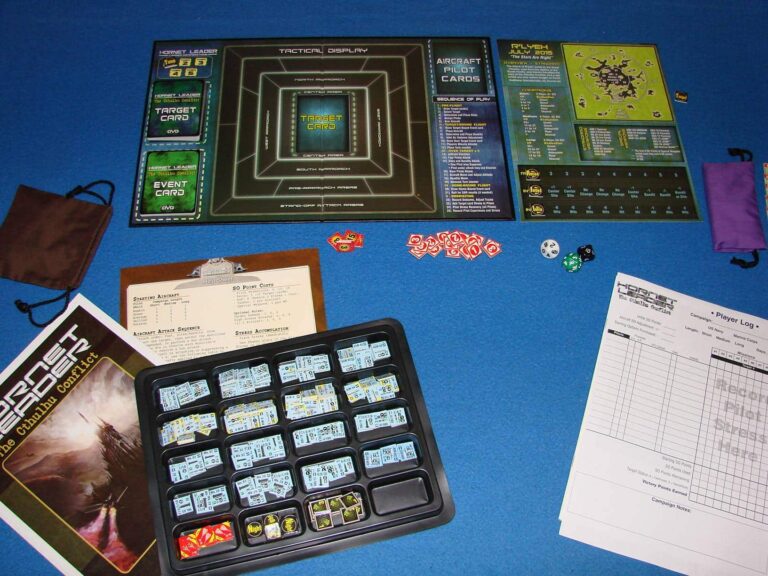Card games have been an integral part of private and public entertainment for over a century. From those developed with classic playing cards to collectible sports cards and trading card games, it’s hard to underestimate the inherent appeal of a well-made game. While many people still enjoy playing games like bridge competitively and casually without the involvement of technology, it is revolutionary ideas made possible by modern technology that have made card games so appealing over the years. the last decade. Here we look at the main examples of implementing these ideas.
Flip the Script on Deck Building Games
Many collectible and trading card games revolve around players stacking multiple cards with synergy, then building decks to get the most out of them. The Pokémon TCG is the classic example of this, simply due to the size of the franchise, with people opening random packs to obtain cards and building decks from those cards. A game of thrones works a little differently since it’s a CCG, where players purchase set expansions to expand the pool of specific cards they can use to build decks to take on each other’s set collections. House. In 2018, the creator of the legendary card game Magic: The Gathering, Richard Garfield, finally released his next big idea thanks to available printing technology. by IGN.
Instead of randomizing cards in packs or releasing game expansions, this card game releases completely randomized deck boxes that are taken out of the box and played immediately. That Key Forge game is revolutionary in reducing overall deck building time while softening the classic deck thrill of finding out if you’ve drawn a Lucky Pack. Each match played is also a unique experience due to the complete randomization of each deck pack, currently drawn from three out of ten “houses” and a pool of over 1,300 cards to create decks of almost 40 cards. As passed in this Polygon Interview, KeyForge’s procedural generation engine can create 104 trillion different decks. Not only is it a new way to play cards, but it’s also much more accessible than the usual deck-building title.
Enhance the online experience with face-to-face games
There is something that has long been lost in the realm of online card games, primarily the lack of face-to-face interaction, chatting, or reading opponents. It’s not just about poker: even when playing games like KeyForge, you want to see your opponent’s reactions and thought process. Of course, some games like Heart stone on the Internet have built a huge audience although that part of the experience is lost, but there are more and more opportunities for certain card games to get that authentic gaming experience. Cards Against Humanity became an extremely popular party game with friends, but over the years of Zoom and Google Meets Hangouts, it gathered dust because the game could only be in one place at a time.
Fortunately she is PlayingCards.io Platform came to save the day. Paired with a live video call, you and your friends can play the same card game as CAH as if you were together in person. Some of the most classic card games were played using live streaming technology Betway Blackjack be a great example. There are blackjack games in video format, but the most popular currently are live games, where the player is streamed to a table with a professional dealer to play blackjack in real time. This makes online card gaming all the more authentic and competitive, which is the future CardBoard.live website hopes to be replicated for other card and board games, with its initial focus on Magic: The Gathering.
Enjoy digital cards for now
The buzzword in gaming right now, for better or worse, is “NFT.” NFT (non-fungible tokens) are an advance in digital ownership made possible by the rise of blockchains. These NFTs are completely unique and cannot be reproduced, ensuring that you get exactly what you wanted when you purchase a digital asset. This sounds good for digital decks, as rare digital cards can stay that way with strict controls. This is probably the most important thing right now Gods Unchained free TCG that focuses on collecting rare cards, building decks, and selling these cards on the in-game market for their perceived value. Right now, there is a lot of hype around anything associated with “NFT” due to news of people getting rich with these digital items.
Gaming companies are even leaning into the “play to win” mantra, as seen with new Launch of Skyweaverto be distinguished from pay-to-win. However, when markets calm down or publishers and players inevitably lose interest, there will be many more losers than winners. In theory, a TCG on a blockchain is like this Shardlands Platform can provide a way to authenticate each card that everyone receives to allow for a more realistic sense of collectability and rarity. However, right now people are paying huge amounts of time and money to obtain virtual items that might no longer be applicable anywhere or have any tangible value beyond a game that will barely last certainly not for ten years, let alone the objects, which were still considered valuable at that time.
New printing technologies, live streaming and blockchains are radically changing the way we play card games at home, in tournaments and online.
